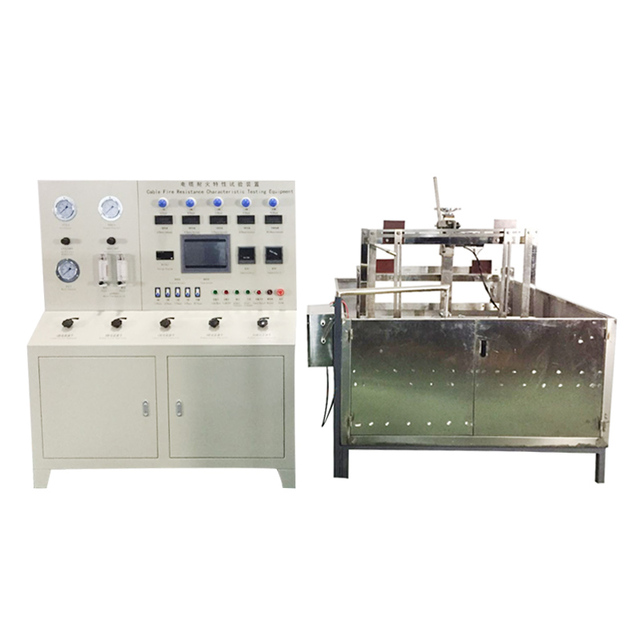Custom UV Crosslinking Machine for Enhanced Material Bonding and Durability
Custom UV Irradiation Crosslinking Machines Revolutionizing Material Development
In recent years, the need for advanced material processing techniques has led to significant innovations across numerous industries. One such breakthrough is the development of custom UV irradiation crosslinking machines, which are designed to enhance the properties of various materials through a sophisticated crosslinking process. These machines utilize ultraviolet (UV) light to initiate photochemical reactions that bond polymer chains, thereby improving material strength, flexibility, and durability.
Understanding Crosslinking
Crosslinking is a chemical process where linear polymer chains are interconnected through covalent bonds, forming a three-dimensional network. This transformation is crucial in defining the physical properties of materials, making them more resistant to solvents, heat, and mechanical stress. UV irradiation is a method that initiates this crosslinking process efficiently, allowing for rapid curing of materials such as coatings, adhesives, and sealants.
The efficacy of UV crosslinking lies in its ability to cure materials quickly under controlled conditions. Unlike traditional thermal curing, which can be time-consuming and energy-intensive, UV irradiation dramatically reduces processing time. Furthermore, this method minimizes the risk of thermal degradation, preserving the integrity of temperature-sensitive materials.
Customization for Diverse Applications
One of the key advantages of custom UV irradiation crosslinking machines is their adaptability to various applications. Manufacturers can tailor these machines to specific material types, throughput requirements, and operational environments. This level of customization ensures optimal performance and efficiency, catering to industries such as automotive, aerospace, electronics, and medical device manufacturing.
For instance, in the medical sector, custom UV curing machines can be configured to process biocompatible polymers that are essential for manufacturing medical devices and implants. By fine-tuning the UV wavelength and intensity, manufacturers can achieve desired crosslinking levels, ensuring that the end products meet stringent regulatory standards.
custom uv irradiation crosslinking machine

Efficiency and Environmental Considerations
The efficiency of custom UV irradiation crosslinking machines also contributes to their appeal. These machines require less energy than traditional curing systems, as they activate the crosslinking reaction instantaneously upon exposure to UV light. Additionally, UV systems typically emit fewer volatile organic compounds (VOCs) than conventional processes, which is a significant advantage from an environmental perspective. This shift towards cleaner technologies resonates with global efforts to reduce industrial emissions and promote sustainable manufacturing practices.
Furthermore, the rapid curing times attributable to UV irradiation can lead to faster production cycles and reduced operational costs. Manufacturers can enhance their productivity without compromising the quality and integrity of their products. As a result, businesses can better serve their customers by meeting tight deadlines and adapting to market demands with agility.
Future Developments
The future of custom UV irradiation crosslinking machines is promising, with ongoing research and development aimed at advancing their capabilities. Innovations in UV light sources, such as the integration of LED technology, are expected to further improve energy efficiency and operational flexibility. LED UV systems offer added benefits, including lower heat generation and longer lifespans, which further enhance their appeal for industrial applications.
Furthermore, the integration of smart technology into these machines is likely to become the norm. Features such as real-time monitoring, automated adjustments, and cloud connectivity can optimize the crosslinking process, allowing for data-driven decision-making and enhanced quality control. As industries continue to evolve, flexibility and connectivity will be critical in meeting future challenges.
Conclusion
Custom UV irradiation crosslinking machines represent a significant advancement in material processing technology. Their ability to facilitate rapid and efficient crosslinking while minimizing environmental impact positions them as a preferred choice for various industries. As manufacturers strive for innovation and sustainability, the role of these machines will only grow, driving progress in material science and engineering. Companies that embrace this cutting-edge technology stand to gain a competitive edge, unlocking new possibilities for product development and enhancing their operational efficiency.
-
Why the Conductor Resistance Constant Temperature Measurement Machine Redefines Precision
NewsJun.20,2025
-
Reliable Testing Starts Here: Why the High Insulation Resistance Measuring Instrument Is a Must-Have
NewsJun.20,2025
-
Flexible Cable Flexing Test Equipment: The Precision Standard for Cable Durability and Performance Testing
NewsJun.20,2025
-
Digital Measurement Projector: Precision Visualization for Modern Manufacturing
NewsJun.20,2025
-
Computer Control Electronic Tensile Tester: Precision and Power for the Modern Metal Industry
NewsJun.20,2025
-
Cable Spark Tester: Your Ultimate Insulation Assurance for Wire and Cable Testing
NewsJun.20,2025
 Copyright © 2025 Hebei Fangyuan Instrument & Equipment Co.,Ltd. All Rights Reserved. Sitemap | Privacy Policy
Copyright © 2025 Hebei Fangyuan Instrument & Equipment Co.,Ltd. All Rights Reserved. Sitemap | Privacy Policy
